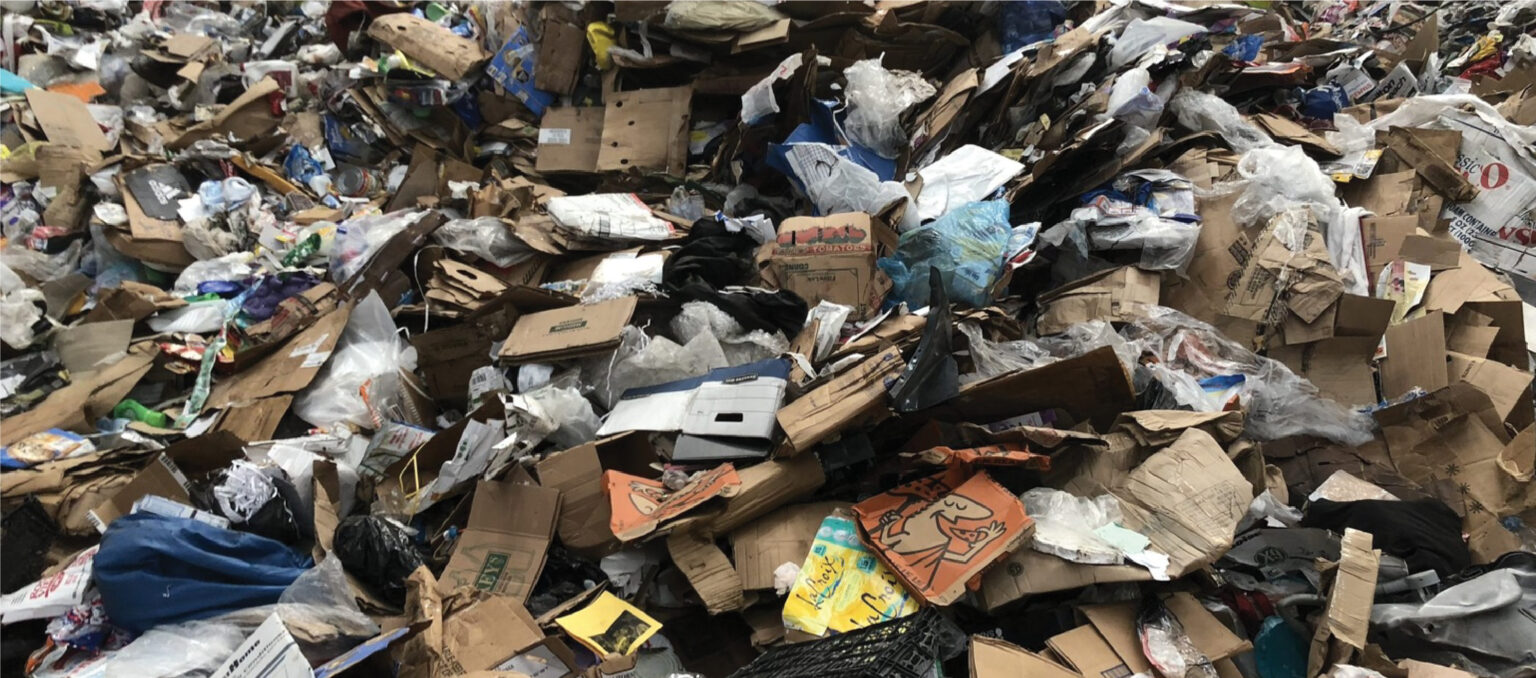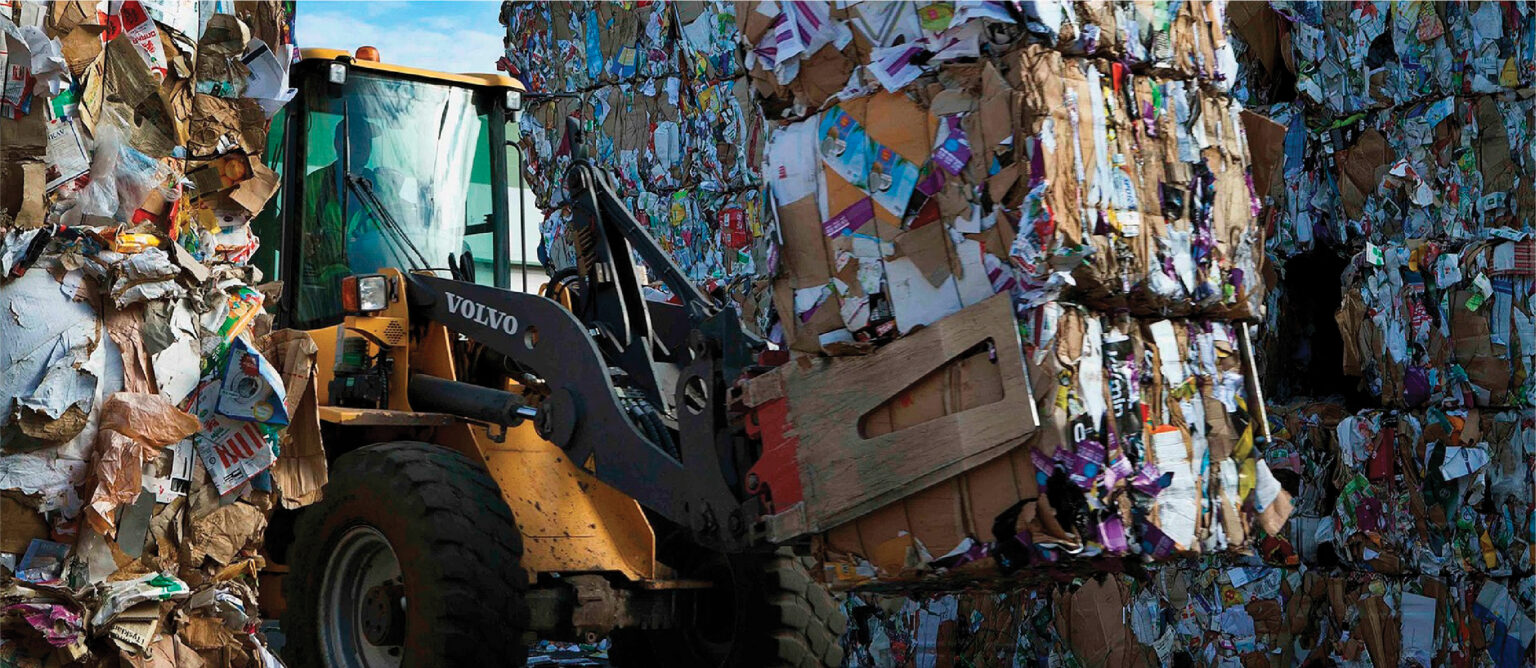The price of waste paper imported from Europe in the Southeast Asia region (SEA) and India has plummeted, which in turn has led to chaos in the price of waste paper imported from the United States and Japan in the region. Affected by the large-scale cancellation of orders in India and the continued economic downturn in China, which has hit the packaging market in the region, the price of European 95/5 waste paper in Southeast Asia and India has dropped sharply from US$260-270/t in mid-June. $175-185/t in late July.
Since late July, the market has maintained a downward trend. The price of high-quality waste paper imported from Europe in Southeast Asia has continued to decline, reaching US$160-170/ton last week. The decline in European waste paper prices in India appears to have stopped, closing last week at around $185/t. SEA’s mills attributed the decline in European waste paper prices to local levels of recycled waste paper and high inventories of finished products.
It is said that the cardboard market in Indonesia, Malaysia, Thailand and Vietnam has performed strongly in the past two months, with the price of recycled corrugated paper in each country reaching more than US$700/ton in June, supported by their domestic economy. But local prices for recycled corrugated paper have fallen to US$480-505/t this month as demand has fallen and cardboard mills have shut down to cope.
Last week, suppliers facing inventory pressure were forced to give up and sell No. 12 US waste at SEA at US$220-230/t. Then they learned that Indian buyers were returning to the market and snapping up scrap imported waste paper to meet growing packaging demand ahead of India’s traditional fourth-quarter peak season.
As a result, major sellers followed suit last week, refusing to make further price concessions. In the end, the price of No. 12 US waste was US$220-230/t in Southeast Asia, US$210/t in India and US$180/t in Taiwan. Benchmark No. 11 US scrap is valued at US$175-210/t in Southeast Asia and Taiwan, down US$40-65/t from three weeks ago. The price of imported waste paper from Japan fell by US$30/t to US$180-190/t.
After the sharp drop, both buyers and sellers are evaluating whether the waste paper price level is near or even bottoming out. Although prices have fallen so low, many mills have yet to see signs that the regional packaging market may recover by the end of the year, and they are reluctant to increase their waste paper stocks, it said. However, customers have increased their waste paper imports while reducing their local waste paper tonnage. Domestic waste paper prices in Southeast Asia are still hovering around US$200/ton.
Cardboard producers are reluctant to push down local waste paper prices too aggressively, for fear that such a move could depress domestic packaging material prices and potentially damage their relationships with local suppliers. Sellers, on the other hand, believe prices are bottoming out as suppliers refuse to offer prices below current levels. Buyers are demanding less than US$200/t for No. 12 US waste and around US$150/t for European 95/5 waste and Japanese waste.
“We got initial orders for 9,000 tonnes of European waste paper from Southeast Asian customers who asked to pay less than US$160/t, but no supplier replied to me,” said a Singapore-based trader. Receipts are falling around the world and labor and logistics costs are rising, the source explained, adding that suppliers will stop selling once prices are too low to be profitable.
A Japanese trader said that in Japan, the price of local waste paper sold to domestic paper mills has been stable at around US$200/ton. “Japanese paper mills continue to buy domestic waste paper at the same price to support local suppliers, even though their export prices are falling. This is due to the country’s unique system, unlike the US or Europe. Despite poor business, Japan’s main Producers have announced price hikes for major paper and board categories for September or October. This is to reflect high raw material costs, which are usually the case for the Japanese market.”
Post time: Sep-13-2022


